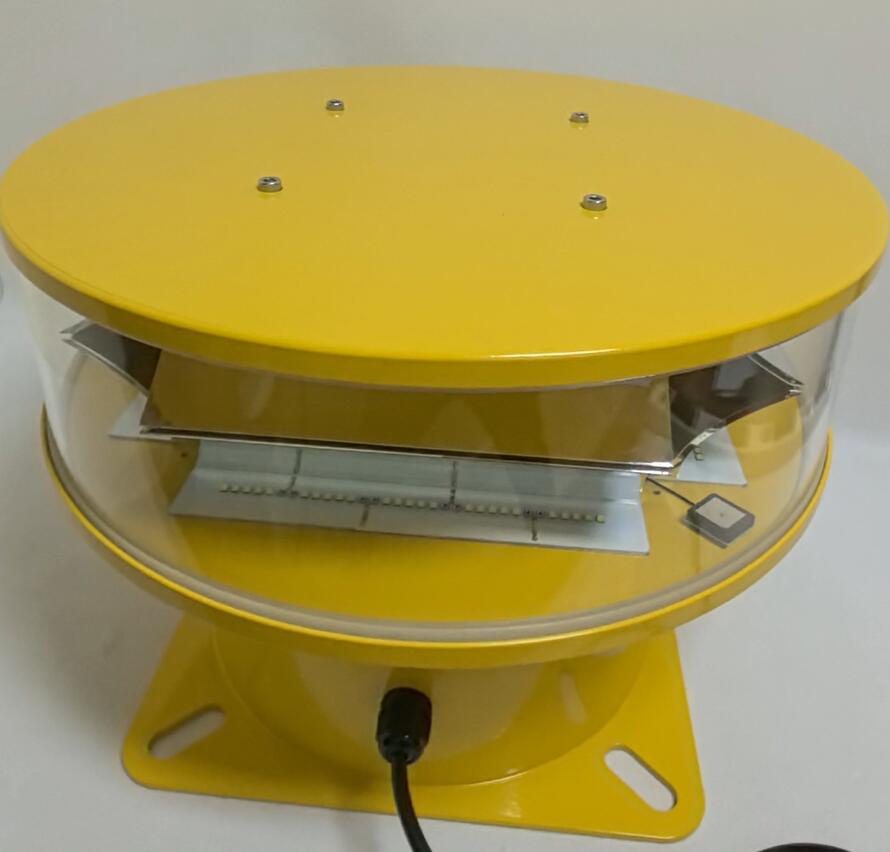Use of Obstruction Light: Enhancing Safety in Aviation and Infrastructure
The use of obstruction light is a critical measure in aviation and construction to prevent collisions between aircraft and tall structures. These specialized lights mark obstacles such as towers, bridges, and wind turbines, ensuring visibility for pilots during both day and night operations. As urbanization and air traffic increase, the proper use of obstruction light systems becomes even more essential for maintaining safety in increasingly crowded airspace.
Key Applications of Obstruction Lights
Obstruction lights serve multiple industries, with the most prominent applications including:
1. Aviation Safety
The primary use of obstruction light is in aviation, where they are installed on structures that could interfere with flight paths. These lights help pilots identify potential hazards, especially in low-visibility conditions such as fog, rain, or darkness.
2. Telecommunications and Broadcasting Towers
Tall communication towers pose significant risks to low-flying aircraft. The use of obstruction light on these structures ensures compliance with aviation regulations while minimizing accidents.

3. Wind Energy Farms
Wind turbines, often located in open areas, can reach heights that interfere with aviation routes. Obstruction lights are mandatory on these structures to alert pilots of their presence.
| Use of Obstruction Light |
4. Skyscrapers and High-Rise Buildings
In urban environments, the use of obstruction light on skyscrapers prevents collisions with helicopters and low-altitude aircraft, particularly near airports.
5. Bridges and Power Lines
Long-span bridges and high-voltage power lines also require obstruction lighting to mark their highest points, reducing risks for both aviation and maintenance crews.
Types of Obstruction Lights
Different structures require varying intensities and configurations of obstruction lights. The main types include:
Low-Intensity Obstruction Lights (Type A & B) – Used for structures under 45 meters.
Medium-Intensity Obstruction Lights (Type C & D) – Suitable for structures between 45 and 150 meters.
High-Intensity Obstruction Lights (Type E & F) – Required for structures exceeding 150 meters or near airports.
| Use of Obstruction Lights |
Flashing or steady lights may be used depending on regulatory requirements and environmental conditions.
Regulatory Compliance and Standards
The use of obstruction light must adhere to strict international and national guidelines, including:
ICAO (International Civil Aviation Organization) – Defines global standards for obstacle lighting.
FAA (Federal Aviation Administration) – Regulates lighting specifications in the U.S.
EASA (European Union Aviation Safety Agency) – Oversees compliance in Europe.
These regulations ensure uniformity so that pilots worldwide can quickly recognize and respond to potential hazards.
Technological Innovations in Obstruction Lighting
Advancements in technology have improved the efficiency and reliability of obstruction lights. Key developments include:
LED Lighting – More energy-efficient and longer-lasting than traditional incandescent bulbs.
Solar-Powered Systems – Ideal for remote locations without reliable power sources.
Smart Monitoring – Real-time diagnostics and automated fault detection for better maintenance.
Challenges and Solutions
Despite their importance, obstruction lighting systems face challenges:
Light Pollution – Excessive brightness can disturb nearby communities. Solutions include adaptive lighting controls and directional beams.
Weather Resistance – Harsh conditions can damage lights. Modern designs incorporate durable, corrosion-resistant materials.
Power Reliability – Backup power systems and solar integration ensure continuous operation.
Future Trends
The use of obstruction light will continue evolving with trends such as:
AI-Based Monitoring – Predictive maintenance using artificial intelligence.
Enhanced Visibility Systems – Integration with drone detection and radar systems.
Sustainable Designs – Greater adoption of solar and low-energy lighting solutions.
The use of obstruction light is indispensable for aviation safety and infrastructure protection. By adhering to regulations, adopting new technologies, and addressing challenges, industries can ensure these systems remain effective in preventing accidents. As airspace becomes busier and structures grow taller, the role of obstruction lighting will only become more vital in safeguarding lives and property.
Through innovation and compliance, the use of obstruction light will continue to be a cornerstone of modern aviation and construction safety.
